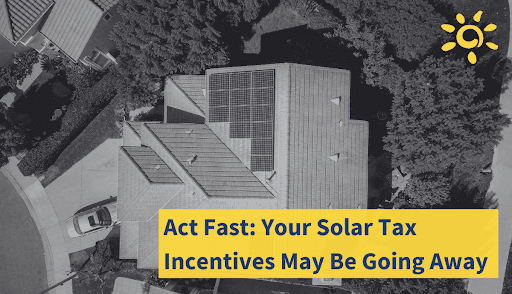The White House announced earlier this week that that President Trump has issued a 30 percent tariff on imported solar cells and modules.
The solar panels tariffs will be imposed for four years, with 30 percent implemented in year one and decreasing by 5 percent every subsequent year. There is an allowance for the first 2.5 gigawatts of imported cells to be excluded each year from this additive tariff, according to the U.S. Trade Representative fact sheet.
The USTR noted that China’s state-directed industrial planning lead to “China’s share of global solar cell production skyrocketed from 7 percent in 2005 to 61 percent in 2012… China produces 60 percent of the world’s solar cells and 71 percent of solar modules.”
Despite the growth of solar cell and module imports, A.M. Sun Solar has prepared for this for a long time by partnering with American made equipment such as Mission Solar Panels based in San Antonio, Texas. Using domestic suppliers for our solar energy systems lessens the impact A.M. Sun Solar and its customers from the tariff on solar.
“Increased foreign imports of… solar cells and modules are a substantial cause of serious injury to domestic manufacturers,” the official USTR statement reads. Since A.M. Sun Solar does not rely solely on imported solar equipment, our customers will still save money with their solar energy systems. The tariff will mostly affect utility-scale projects.
On The Interchange podcast, host Stephen Lacey asked his panel of clean energy experts about the impact of this tariff on the growth of solar.
Podcast co-host Shayle Kann stated that the 30 percent tariff recommended by the International Trade Commission is on the lower bound of what was expected by clean energy experts. Kann emphasized that the “tariff won’t stop the long pace of progress of the market.”
Katherine Hamilton, clean energy public policy advisor, noted on the podcast that multinational CEOs see this four-year tariff as “small blips” in their business operations. Jigar Shah, clean energy entrepreneur, mirrored the sentiments by stating that’s the projected eight to nine percent decrease in volume would not affect the residential market. He also noted that states without clean energy mandates would be more heavily affected by the federal tariff.
For residential energy systems, solar modules make up a lower percentage of overall system cost. This means that homeowners purchasing a solar energy system for their home are not heavily impacted. This is true especially given the fact that the cost of electricity from the utility companies have increased far more over the past few years than what solar will go up with the tariff on solar panels.
Additionally, given A.M. Sun Solar’s long-term planning, we will have plenty of solar panels to install on the Central Coast. This means that our clients will still save money with solar.
The current political climate has created short-term uncertainty solar marketplace. What is not uncertain is the rising energy costs paid monthly by Californians. To invest in long-term savings, solar energy systems have a predictable effect on reducing the cost of energy usage.
Now is still the best time to go solar.



